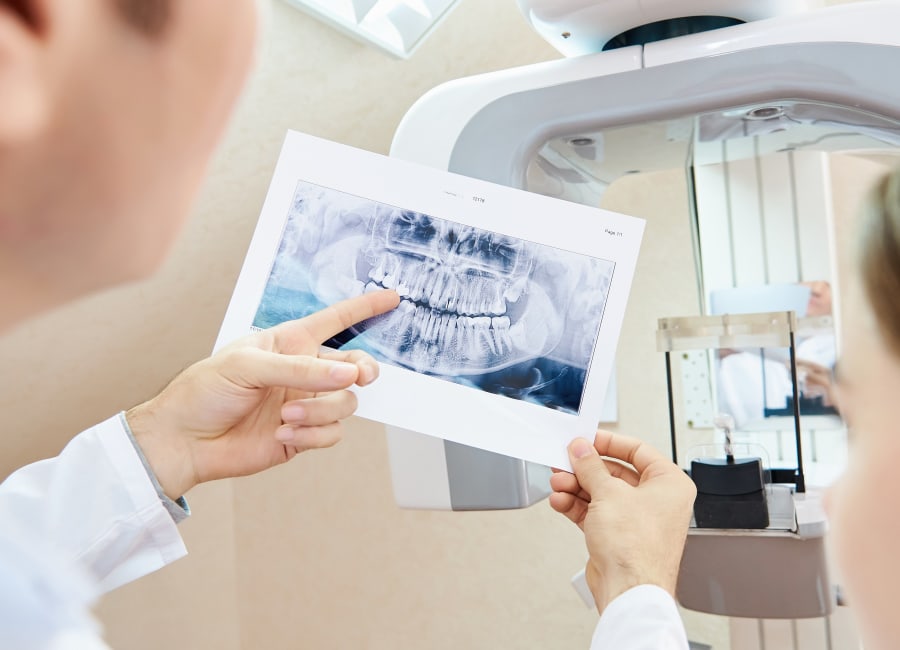The Role of Technology in Orthodontics
At Shuswap Orthodontics, dental technology plays a role in just about everything we do.
We use technology to helps us understand the nature of your orthodontic issue in detail. It allows us to make an accurate and specific diagnoses, which in turn means highly customized treatment planning to meet your needs and goals in the safest and most efficient way possible.
Our technology also guides us in developing these treatment plans, and adjusting them along the way as required.
During each step of your orthodontic journey, you'll encounter our technology as we use it to communicate with you about your condition, the treatment plan, and how it's all going.
Read on to learn more about the types of technology we use most often.

3D iCAT Scan
3D iCAT Scan is a special kind of X-ray machine that is used in cases where regular X-rays cannot provide sufficiently detailed information. The 3D iCAT Scan system rotates around the patient, capturing data using a cone-shaped X-ray beam to create a three-dimensional image of the teeth, soft tissues, nerve pathways, and bone in a single scan.
3D iCAT Scan is often used for orthodontic treatment planning, especially in situations where the patient has impacted or transposed teeth.


iTero® Intraoral Scanner
The iTero intraoral scanner is a handheld imaging device. It creates highly detailed, three-dimensional digital impressions of the hard and soft tissues of the mouth, without the need for goopy impression materials! The process is nonintrusive; you'll find it's a lot like a dental exam. You simply open wide, and the dental assistant will move the device around your mouth, capturing images. It only takes a few minutes to complete.
The system then renders 3-D models of the inside of your mouth, which are displayed in real time on a touch screen.
Digital X-rays
Digital X-ray technology uses digital sensors and a computer to produce detailed, high-quality internal images of your teeth and gums.
Digital X-rays allow your orthodontist to see the position of your teeth under the gums, as well as the surrounding bones, and to make a diagnosis of your orthodontic condition. It also lets him see things that may impact your orthodontic treatment, like developing tooth decay and previous dental restorations. All of this information is essential to diagnosis and orthodontic treatment planning.

